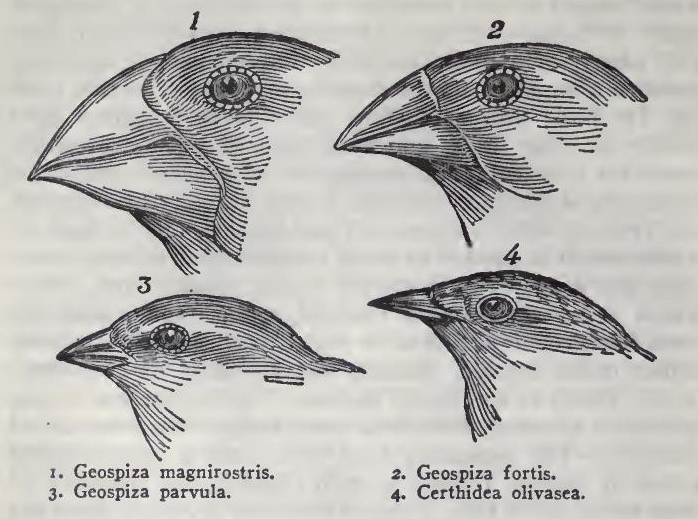

GustavoAbreu blackwork fineline sketch TatuadoresDoBrasil Darwin coruja. Beagle (1839) have always seemed very beautiful to me, and the care with which he illustrated them is reflected later, in the way that he elegantly explained his theories in his Origin of Species. Darwin Darwin finch darwin ScienceTattoos darwin ape chimpanzee. A lthough Darwin was not quite the artist that Haeckel was, his illustrations, especially the birds he drew in his The Zoology of the Voyage of H.M.S.

What is the biggest, most obvious difference between the body structure of these two fish Cave fish lack eyes and scales 2. Compare the overall body structure of the cave fish and the minnow below. There are bones in a bird’s wing and non in the butterfly. My apologies! And thank you to Michael Barton for letting me know!Ī while back, I wrote a post about Ernst Haeckel and his beautiful illustrations, and it is only fitting that now, during our celebration of Darwin week, that his illustrations be featured, as well. 2 pieces of the wing in butterfly whereas amny feathers in a bird’s wing. Gould, with that admirable success, which has attended all her works.” Gould himself, and executed on stone by Mrs.

“The accompanying illustrations, which are fifty in number, were taken from sketches made by Mr. These illustrations were not drawn by Darwin: Of delivering down these improvements by generation to its posterity, world without end!ĭarwin's I Think diagram on page 36 may then represent his own claim to distinct theorising.Another Darwin Week (yes, now it’s a week) post. Would it be too bold to imagine that all warm-blooded animals have arisen from one living filament, which the great First Cause endued with animality, with the power of acquiring new parts,Īttended with new propensities, directed by irritations, sensations, volitions and associations, and thus possessing the faculty of continuing to improve by its own inherent activity, and Would it be too bold to imagine that, in the great length of time since the earth began to exist, perhaps millions of ages before the commencement of the history of mankind Darwin elaborated significantly on this "Tree of Life" insight in his seminal work 'On the Origin of Species' as first published in 1859.

To ancient types with several extinct forms.įrom Darwin's Notebook B now stored in Cambridge University library bearing relation (page 36 ends - page 37 begins) During the years away on the high seas and in distant lands the skeptical attidudes of many of his ship-mates and the various geological and biological phenomena he had witnessed had caused his mind to entertain critical doubts of the biblical explanations of. C & B the finest gradation, B & D rather greaterĭistinction. The Tree of Life Sketch from Charles Darwin's Notebook B, 1837 Darwin returned from his five-year long voyaging on HMS Beagle in 1836. Thus between A & B immense gap of relation. With Darwins discovery of natural selection, the origin and adaptations of organisms were brought into the realm of science. Species in same genus (as is) requires extinction. Darwins greatest contribution to science is that he completed the Copernican Revolution by drawing out for biology the notion of nature as a system of matter in motion governed by natural laws. 5 They are often classified as the subfamily Geospizinae or tribe Geospizini. 1 2 3 4 They are well known for their remarkable diversity in beak form and function. Originate by divergence from a starting point (1).Ĭase must be that one generation then should be as many living as now. Darwin's finches (also known as the Galpagos finches) are a group of about 18 species of passerine birds. Insight of how a genus of related species might Transmutation of Species his theorising about the origin of species included his famous TreeĬharles Darwin's Tree of Life sketch shows his early theoretical He continued to keep notebooks as he had on his voyages and, as early asġ837, in a Notebook B that the editors of Darwin's papers regard as being the notebook Darwin had specificallyĭedicated to his thought, during 1837 and into 1838, on the subject of the Phenomena he had witnessed had caused his mind to entertain critical doubts of the biblical explanations of Creation he had formerly fully accepted. Darwin returned from his five-year long voyaging on HMS Beagle in 1836.ĭuring the years away on the high seas and in distant lands the skeptical attidudes of many of his ship-mates and the various geological and biological


 0 kommentar(er)
0 kommentar(er)
